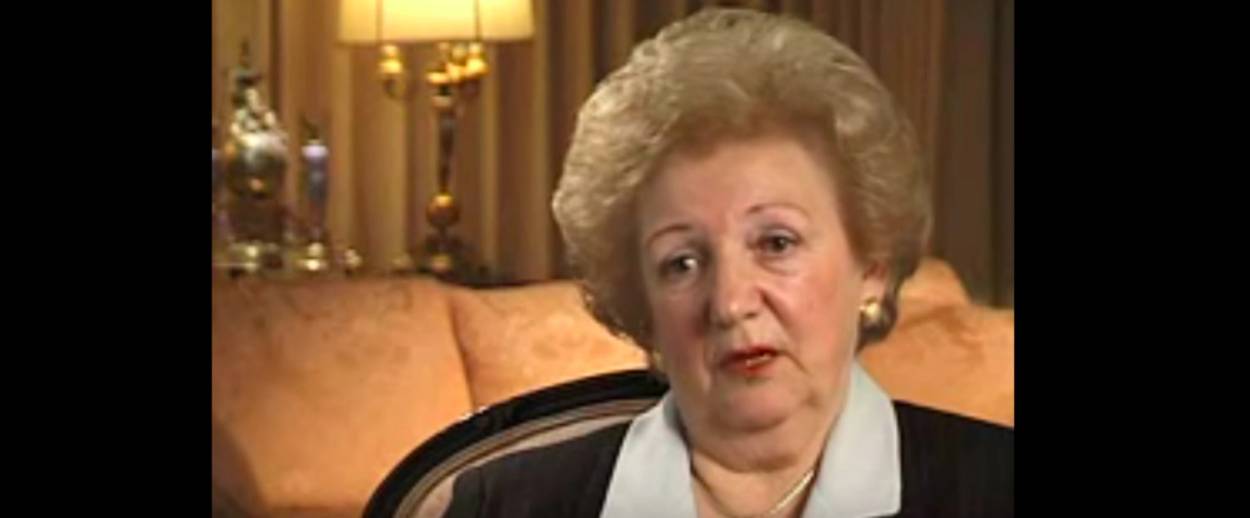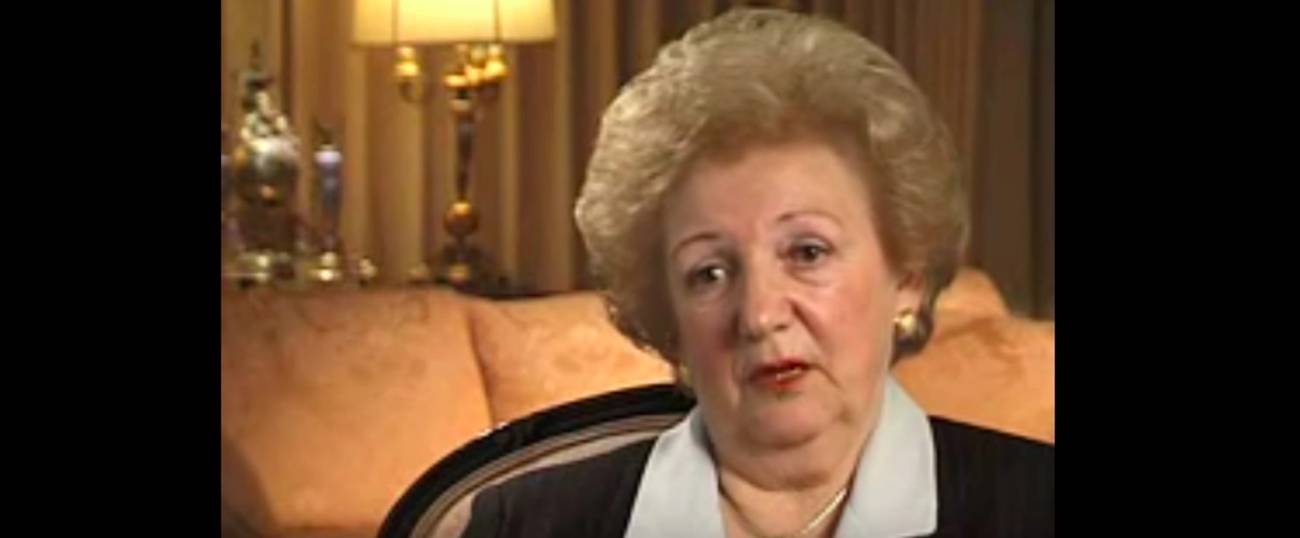Sonia Orbuch, Who Fought the Nazis as a Teenager, Has Died at 93
In the event of capture, Sonia carried two hand grenades: ‘One for the enemy, and one for myself’




As a teenager, Sonia Orbuch joined a group of partisans fighting the Nazis in Eastern Europe. She survived the war and settled in America. At 93, Orbuch died last Sunday at her home in Corte Madera, California.
In 1941 Orbuch was 16 years old and still known by her given name as Sarah Shainwald, when the Nazis occupied her hometown in eastern Poland and began killing Jews in Luboml’s ghetto. Shainwald and her family fled for the forests and after surviving the frozen winter, joined a band of Soviet partisans to fight back against the Nazis. Her fellow resistance fighters changed her name to Sonia because it sounded less Jewish.
The profile of Orbuch on The Jewish Partisan Educational Foundation (JPEF—a group Orbuch helped to found) website describes her actions as a Partisan and her family’s eventual decision to break with the resistance.
Sonia began her new life in the forest encampment that served as a base for missions of sabotage and resistance. Early on, Sonia was assigned to guard duty and providing first-aid on missions to mine enemy train tracks. With little training, Sonia learned the skills of a field-hospital aide, treating the wounds of injured partisans, using whatever makeshift supplies were available. To avoid possible torture and interrogation in the event of capture, Sonia carried two hand grenades: “One for the enemy, and one for myself.”
… In 1944, Sonia and her parents faced the decision of either leaving the partisans or joining the Red Army. They decided to leave the partisans and took refuge in an abandoned house infected with typhus, a condition they were unaware of at the time. The typhus soon claimed Sonia’s mother, leaving only Sonia and her father.
Towards the end of the war, as German forces retreated, Orbuch and her family returned to Luboml and found that of the 8,000 Jews who had lived there before the war, 50 remained.
Shortly after the war ended Sonia, who kept the name she had been given as a partisan, married Isaak Orbuch a former officer of the Polish cavalry. After first traveling through American-occupied Germany and spending four years in a displaced person camp, the couple emigrated to the U.S. in 1949.
The Orbuchs settled in California and raised two children, a son, Paul, and a daughter, Bella. Later in her life, Sonia became active in preserving and honoring the history of partisan fighters, helping to found the JPEF and publishing an autobiography, “Here There Are No Sarahs,” that detailed her years in the resistance.
In 2013, Orbuch gave a video interview to JPEF about her life with the partisans. Here is an excerpt:
“I wasn’t worried that I was going to get killed. If I was going to get killed I was going to get killed as a fighter, not because I am a Jew. So that, that itself gave us strength to go on. This was the mentality of people who went through all these atrocities in the ghettos.”
Jacob Siegel is Senior Editor of News and The Scroll, Tablet’s daily afternoon news digest, which you can subscribe to here.